
 By Eliza Popova
By Eliza Popova
In the last week, Russia has used a new tactic: instead of massive night attacks with hundreds of unmanned aerial vehicles at the same time, it distributes the same amount - about a hundred - for a whole day. This is noted by the Monitor Telegram channel. This change of tactics testifies to the enemy's desire to maintain almost a constant presence in Ukraine's airspace, which creates additional challenges for defense forces.
"Having achieved progress in the mass production of" gerber "and similar UAVs, which can carry both a useful load in the form of explosive elements and intelligence equipment, the enemy allows itself to be almost a 24/7 presence in our airspace," Monitor notes. According to the Telegram channel, the enemy is actively experimenting with tactics, departing from previously developed schemes.
This testifies to his intention to adapt to the actions of Ukrainian defense and to look for new ways of task. Stretching of attacks in time complicates the organization of counteraction, as air defense resources are limited, and constant readiness requires considerable effort. "Judging by the incoming information, the enemy continues to expand the number of points of launch of the UAVs, which will lead to more simultaneously launched UAVs in the air.
Effective involvement of both FPV interceptors and working with the starting points is required," the analytics summarize. According to aviation expert Konstantin Krivolapa, modern mobile fire groups began to be equipped with drones-interceptors, which significantly increased their efficiency. According to the expert, modern guidance systems allow these groups to work more accurately than before.
For example, a month or two volumes were much more limited, but now they can effectively intercept targets up to 2. 5-3 km through automatic guidance systems. However, not all interceptors are equally effective. Some of them do not have time for fast purposes. The military uses different types of interceptors, but information about their number and specifications remains limited.
For example, it is known about Sing -type interceptors that, according to the expert, show good results against drones of the Shershni type. However, according to Krivolap, round -the -clock attacks are leading to the problem of organizing round -the -clock work of mobile fire groups. "Constant attacks that are conducted both day and night are depleting human resources.
A person who has worked a change in 8-12 hours requires rest, but due to lack of duty personnel, they become more and more difficult. Russian forces deliberately stretch attacks in time to further deplete Ukrainian resources. " Currently, according to Krivvolap, the efficiency of intercepting "Shahaned" varies: sometimes it is possible to destroy 40% of goals, sometimes - 60%. However, the total number of attacks has increased significantly, which creates an additional load on defense.
In some regions, especially in the west of the country, mobile groups have only heard about drones-interceptors but do not have access to them. This indicates uneven support and lack of a single training program. "Shakhaned" often flew the positions of mobile groups, as small arms had a limited range-1. 5-2 km. Now, with the advent of drones-interceptors, the situation has improved, but not everywhere.


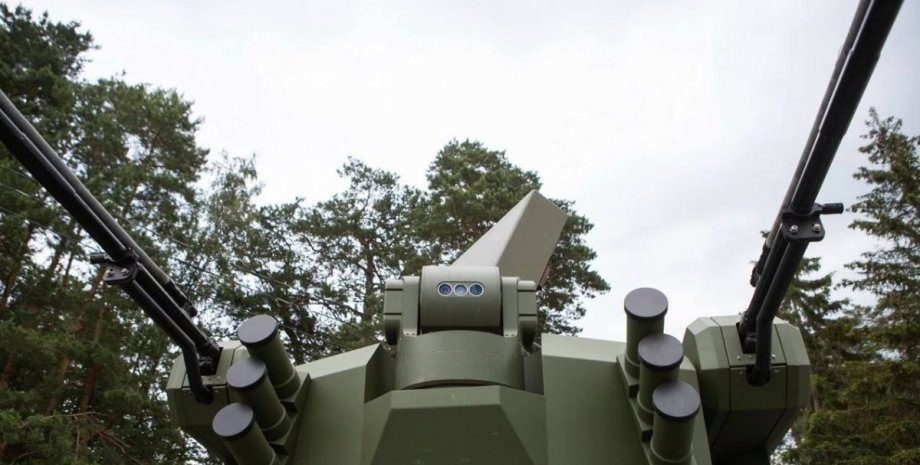
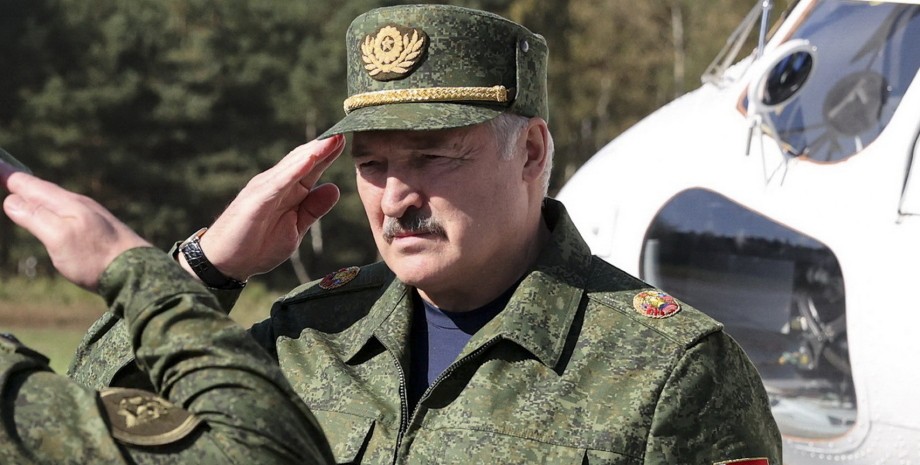
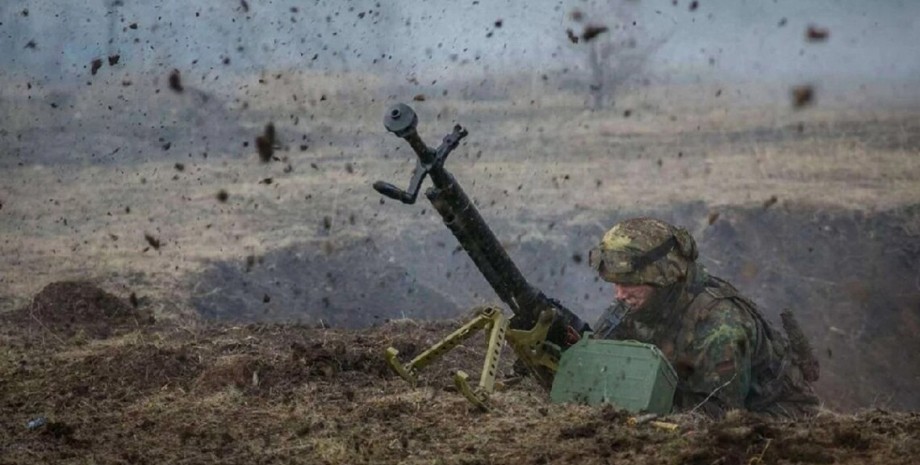

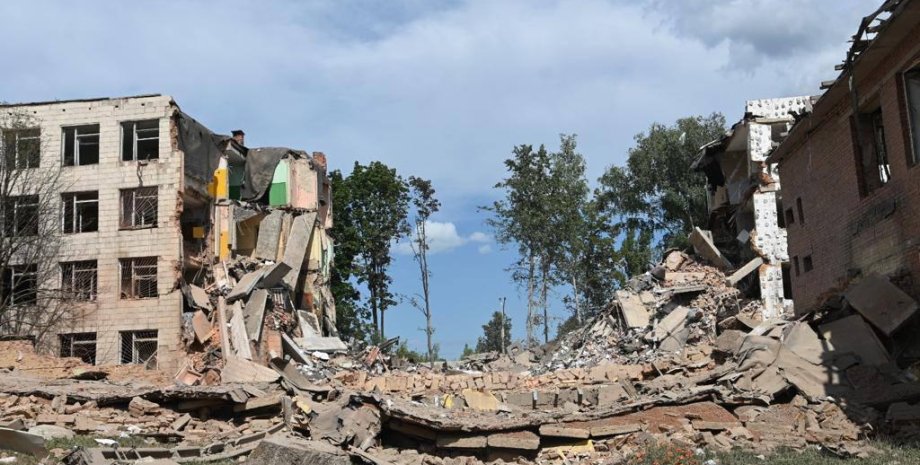
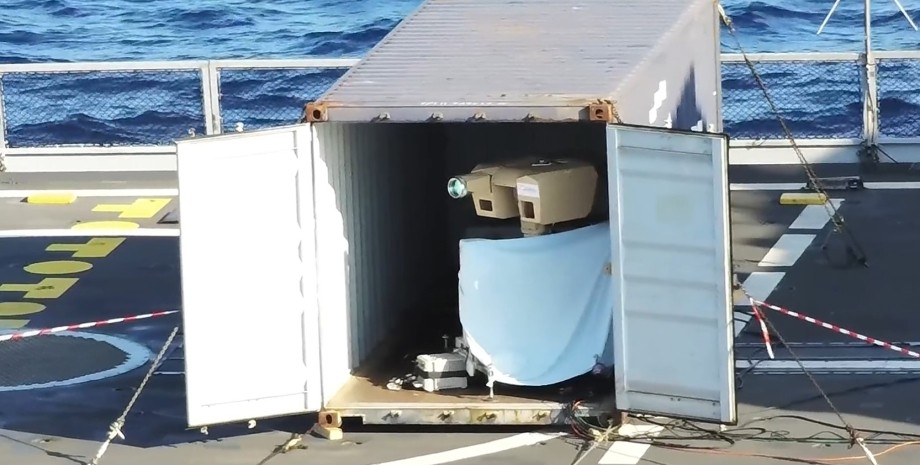

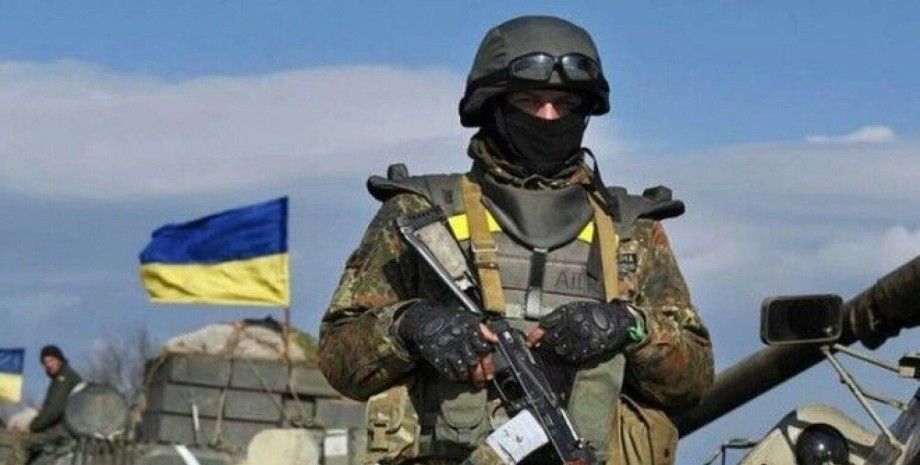
All rights reserved IN-Ukraine.info - 2022